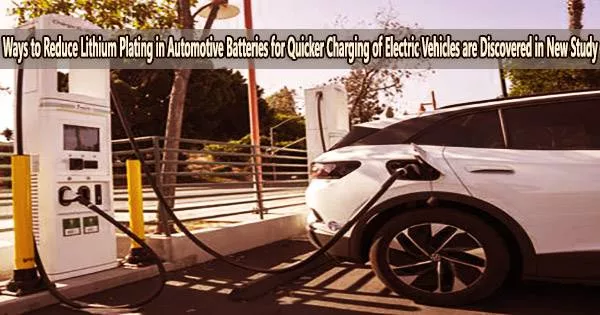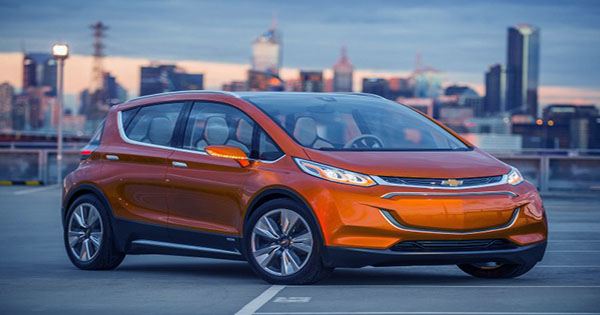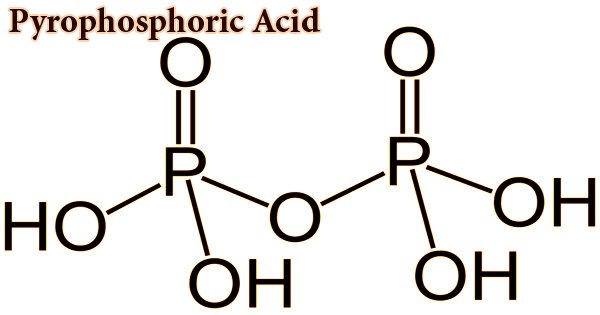Faster charging for electric vehicles (EVs) is a key area of innovation and development within the electric vehicle industry. Faster charging is essential to make EVs more convenient and appealing to a wider range of consumers.
In a recent study, Dr. Xuekun Lu of Queen Mary University of London and a global team of scientists from the UK and the USA discovered a mechanism to stop lithium plating in electric vehicle batteries, which might result in quicker charging times. The paper was published in the journal Nature Communications.
Fast charging of lithium-ion batteries can cause a phenomena known as lithium plating. It happens when lithium ions accumulate on the negative electrode of the battery rather of intercalating into it, creating a coating of metallic lithium that keeps expanding. This could harm the battery, reduce its longevity, and result in short circuits that might start a fire or explode.
Dr. Xuekun Lu explains that lithium plating can be significantly mitigated by optimizing the microstructure of the graphite negative electrode. Fine-tuning the particle and electrode shape for a homogenous reaction activity and decreased local lithium saturation is the key to suppressing lithium plating and enhancing battery performance. The graphite negative electrode is composed of microscopic, randomly distributed particles.
“Our research has revealed that the lithiation mechanisms of graphite particles vary under distinct conditions, depending on their surface morphology, size, shape and orientation. It largely affects the lithium distribution and the propensity of lithium plating,” said Dr. Lu. “Assisted by a pioneering 3D battery model, we can capture when and where lithium plating initiates and how fast it grows. This is a significant breakthrough that could have a major impact on the future of electric vehicles.”
Our research has revealed that the lithiation mechanisms of graphite particles vary under distinct conditions, depending on their surface morphology, size, shape and orientation. It largely affects the lithium distribution and the propensity of lithium plating. Assisted by a pioneering 3D battery model, we can capture when and where lithium plating initiates and how fast it grows. This is a significant breakthrough that could have a major impact on the future of electric vehicles.
Dr. Xuekun Lu
The study advances our knowledge of the physical mechanisms governing lithium redistribution inside graphite particles during fast charging and offers fresh perspectives for creating enhanced fast charging methods. This knowledge might enable a charging procedure that is effective while lowering the risk of lithium plating.
The study discovered that improving the microstructure of the graphite electrode can increase the battery’s energy density in addition to shortening charging periods. This means that electric cars could travel further on a single charge.
These results represent a significant advance in the design of batteries for electric vehicles. They might result in electric vehicles that are safer, more durable, and faster to charge, increasing public interest in them.
















